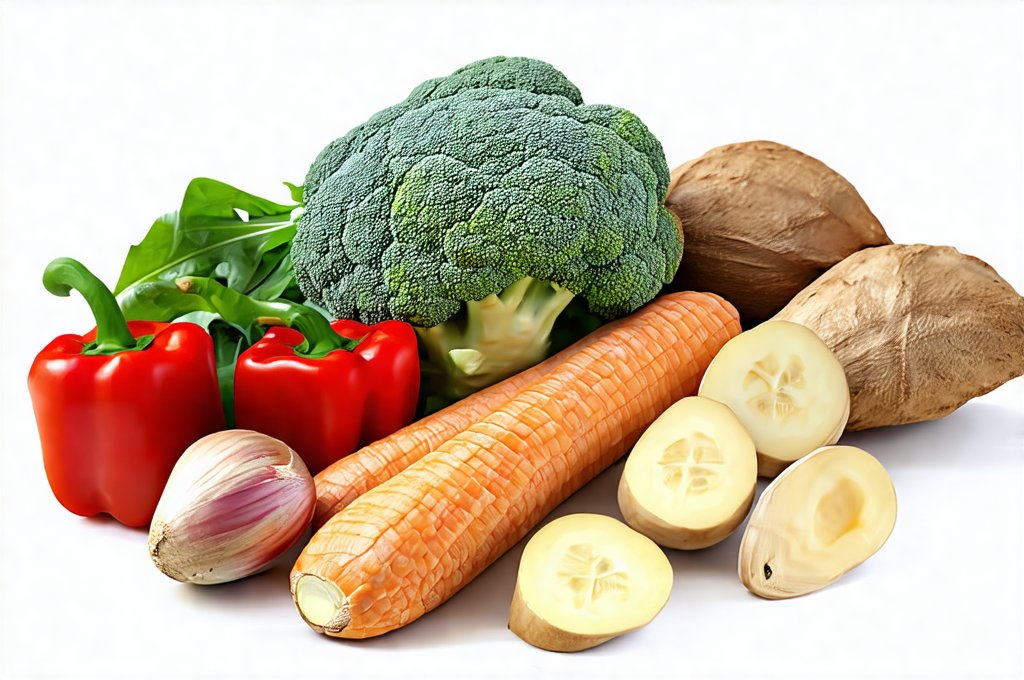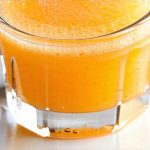Constipation is an incredibly common digestive issue, affecting people of all ages. It’s often characterized by infrequent bowel movements, difficulty passing stool, or feeling like your bowels aren’t completely emptied. While occasional constipation isn’t usually a cause for serious concern, chronic constipation can significantly impact quality of life and even signal underlying health conditions. Many factors contribute to constipation, including diet, hydration levels, physical activity, stress, and certain medications. However, one of the most impactful changes you can make is adjusting your dietary habits to incorporate more fiber-rich foods and adequate fluids.
Fortunately, relieving constipation doesn’t necessarily involve drastic measures or medication. A simple yet powerful approach focuses on natural remedies – specifically, boosting your intake of high-fiber foods combined with increased hydration. Fiber acts like a bulking agent in the digestive system, adding volume to stool and making it easier to pass. Hydration is crucial because water softens the stool, preventing it from becoming hard and difficult to eliminate. This article will explore how strategically incorporating specific foods can provide gentle, effective constipation relief, while also discussing the importance of staying well-hydrated for optimal gut health.
The Power of Fiber: Food Sources and How They Work
Fiber is broadly categorized into two types: soluble and insoluble. Soluble fiber dissolves in water, forming a gel-like substance that helps soften stool and regulate blood sugar levels. Good sources include oats, beans, apples, and citrus fruits. Insoluble fiber, on the other hand, doesn’t dissolve in water and adds bulk to the stool, speeding up its passage through the digestive tract. Whole grains, vegetables like broccoli, and wheat bran are excellent sources of insoluble fiber. A healthy diet incorporates both types for a well-rounded approach to digestive health.
Increasing your fiber intake isn’t about suddenly overloading on roughage; it’s about gradual incorporation. Suddenly increasing fiber without adequate water can actually worsen constipation! Start by adding small amounts of high-fiber foods to your meals and gradually increase the quantity over several weeks. This allows your body time to adjust, minimizing bloating and gas. Think of it as a gentle nudge toward improved digestive function rather than an abrupt overhaul. Understanding the link between gut microbiota can further enhance your approach to dietary adjustments.
The benefits extend beyond just relieving constipation. Fiber contributes to overall health by promoting gut microbiome diversity, aiding in weight management, lowering cholesterol levels, and reducing the risk of chronic diseases like diabetes and heart disease. It’s truly a nutritional powerhouse! Focusing on whole, unprocessed foods is key – refined grains and processed snacks often lack sufficient fiber content. Supporting gut health with bone broth can also be a valuable addition to your wellness routine.
Hydration: The Often-Forgotten Component
Water is absolutely essential for proper digestive function, yet it’s frequently overlooked in discussions about constipation relief. Without adequate hydration, even a high-fiber diet can be ineffective. Fiber absorbs water to create soft, bulky stool that’s easy to pass. If you’re not drinking enough fluids, the fiber can actually pull water from the colon, leading to harder stools and increased constipation!
Aim for at least eight glasses of water per day – more if you are physically active or live in a hot climate. Beyond plain water, hydrating beverages include herbal teas, clear broths, and water-rich fruits and vegetables like watermelon and cucumbers. Listen to your body’s signals; thirst is an indicator that you’re already slightly dehydrated. Don’t wait until you feel thirsty to drink!
It’s also helpful to avoid excessive consumption of dehydrating beverages like sugary drinks, alcohol, and caffeine, as these can contribute to fluid loss. While not necessarily off-limits, moderation is key. Incorporating hydrating foods into your diet alongside drinking enough water creates a synergistic effect that supports healthy bowel movements and overall well-being. For those recovering from illness, gut recovery after vomiting requires particular attention to hydration and soothing food choices.
Foods for Constipation Relief: A Practical Guide
Here are some specific food recommendations categorized by their fiber content and hydrating properties:
- Fruits: Apples (with skin), pears, berries, prunes, kiwis, figs. Prunes have a particularly strong reputation as a natural laxative due to their high sorbitol content.
- Vegetables: Broccoli, spinach, Brussels sprouts, sweet potatoes, carrots. Leafy greens are also excellent sources of magnesium, which can help soften stool.
- Grains: Oatmeal, whole-wheat bread, quinoa, brown rice. Choose whole grain options over refined grains whenever possible.
- Legumes: Lentils, beans (kidney, black, pinto), chickpeas. Legumes are a fantastic source of both soluble and insoluble fiber.
- Seeds: Chia seeds, flaxseeds. These tiny powerhouses can be added to smoothies, yogurt, or oatmeal for a significant fiber boost.
Building a Constipation-Relieving Meal Plan
Integrating these foods into your daily meals doesn’t have to be complicated. Here are some simple strategies:
- Breakfast: Start your day with oatmeal topped with berries and chia seeds.
- Lunch: Enjoy a salad with mixed greens, beans, and quinoa. Add sliced apple or pear for extra fiber.
- Dinner: Opt for baked sweet potato with broccoli and lentil soup.
- Snacks: Choose fruits like pears, kiwis, or prunes, or a handful of almonds for a fiber-rich snack.
Lifestyle Factors Supporting Digestive Health
While diet plays a crucial role, it’s not the only factor influencing bowel regularity. Regular physical activity helps stimulate intestinal muscles, promoting healthy movement of stool. Aim for at least 30 minutes of moderate-intensity exercise most days of the week. Stress management techniques like yoga, meditation, or deep breathing exercises can also contribute to improved digestive function, as stress often disrupts gut motility. Finally, establishing a regular bowel habit – even attempting to go at the same time each day – can help train your body and promote consistency. Don’t ignore the urge to go! Holding it in can lead to harder stools and increased constipation. Consider creating a gut-boosting morning routine for sustained digestive wellness. For individuals with sensitive systems, be mindful of foods that trigger bloating and nausea. A high fiber diet for constipation relief is often a cornerstone of improved digestive health, and can be tailored to individual needs. And remember, managing leaky gut naturally is also important for overall gut function.


















